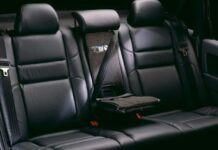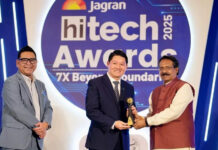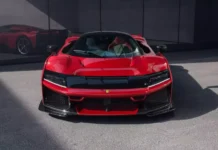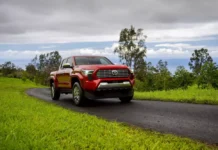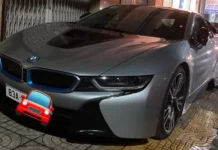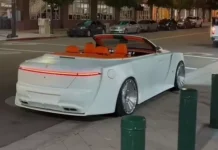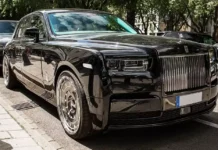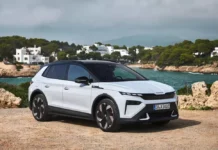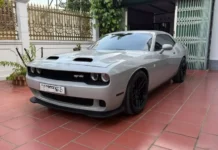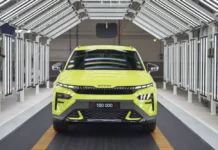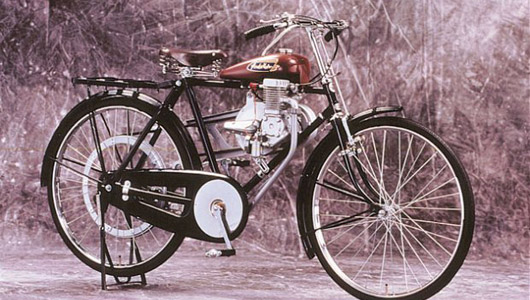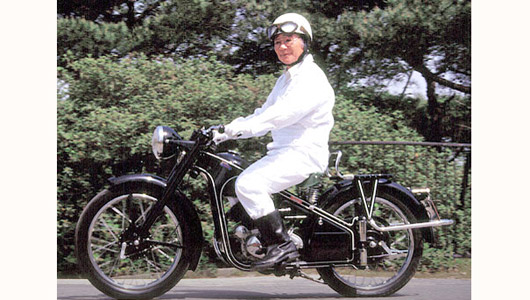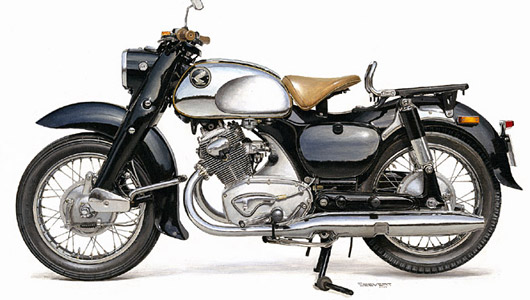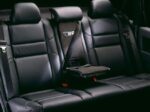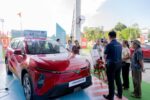Honda, the well-known automobile and motorcycle brand, has a rich history that many people in Vietnam are not aware of.
The history of Honda is closely tied to the story of its founder, Soichiro Honda. His dream was to bring motorcycles to the masses and improve the way people move.
Starting with a dream
Soichiro Honda was a racer, a businessman, and a manufacturer, but above all, he was a dreamer. He wanted to bring motorcycles to everyone, regardless of their financial capabilities. He started by producing small motorcycles, with the first product being the D-Type Dream. Honda was also a racer and had a passion for racing bikes. As a result, his company developed larger and faster machines, powered by 2, 4, 5, and eventually 6 cylinders.
However, at that time, Honda was not yet the world’s largest motorcycle manufacturer. The company’s initial mission was to sell the surplus 2-stroke engines left over from the military after the war. These were relatively modern engines but expensive. However, after the war, the people of Japan needed affordable transportation, as public transportation systems were heavily damaged, and fuel was limited. Soichiro Honda decided to modify and sell these engines at a lower price by installing them on bicycles.
In October 1946, the production workshop in Hamamatsu completed the first motorcycle with pedals and a crank. These bikes ran on a liquid fuel extracted from resin (a cheap and widely available fuel). However, the resin fuel was not ideal for 2-stroke engines as it required constant pedaling to warm up the engine before starting.
Once the surplus engines were sold out, Honda started producing his own motorcycles. Using the remaining 2-stroke engines as prototypes, he designed a new 50cc engine with the same mounting position as the previous models.
In the winter of 1947, the A-Type was produced with a power of 0.5 horsepower. These bikes still used resin fuel, resulting in heavy smoke and an unpleasant smell, which earned them the nickname “Kitchen Stoves.”
Turning dreams into reality
Soichiro Honda officially established Honda Motor in 1948 at the age of 41. With financial support from Takeo Fujisawa (who later became the vice president of Honda Motor), they quickly built a motorcycle empire. In 1948, Honda introduced the 90cc engine model A-Type, also known as the B-Type.
Almost 5 years after the war, Japan’s economy had recovered from the difficult times. This was when Honda started to produce affordable motorcycles for the general public. In 1949, Honda launched the D-Type, which was completely manufactured by the company. This was a comprehensive and complex task compared to simply installing engines on bicycles. Honda called it “The Dream” because it was his dream to produce a complete motorcycle.
The next development was the 146cc OHV (Over Head Valve) 4-stroke engine called the E-Type Dream. It was a powerful engine with 5.5 horsepower and could reach a speed of 50mph (about 80km/h). The bike had a steel frame and full front and rear suspensions. In October 1951, the new Dream was being produced at a speed of 130 bikes per day.
In addition to the “true” motorcycles, Honda did not forget the market for affordable bikes. In 1952, they produced the first “Cub” F-Type, a 2-stroke bike with a 50cc engine and 0.5 horsepower, which sold in large numbers. Within one year, the production of “Cub” reached 6,500 units per month, capturing 70% of Japan’s two-wheeler market.
In 1953, Honda released the 90cc J-Type, a product with many sophisticated technologies known as the Benly (meaning “convenience” in Japanese). Equipped with a 3-speed gearbox, a 3.8 horsepower engine, and even a front suspension using a telescopic tube, Honda sold it at a rate of 1,000 units per month.
In 1954, the 200cc Juno scooter was produced to compete with Vespa, which had started to appear in Japan. Honda also improved the Dream and Benly models, especially in terms of engine displacement.
In September 1957, Honda introduced its first 2-cylinder engine, the C70 Dream with 250cc. In early 1958, Honda started equipping the C70 bikes with an electric starter and labeled them as C71. In 1959, the latest Benly model was released with a 125cc engine and a top speed of 100km/h.
Honda’s continuous development was marked by its achievement as the most successful motorcycle manufacturer in Japan.
Thao Anh (Source: PL&XH/Compiled)

